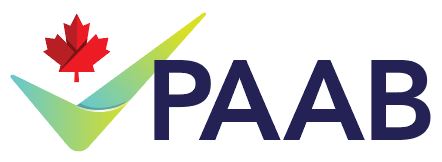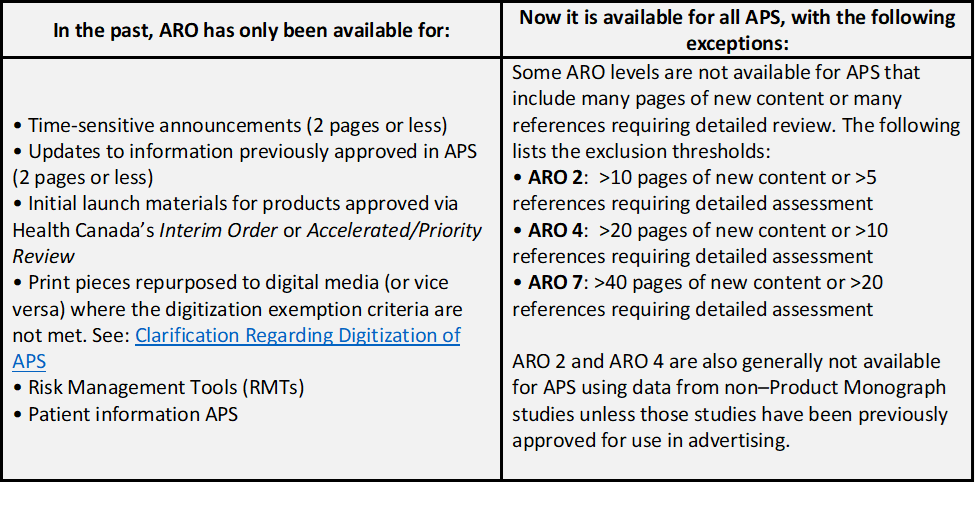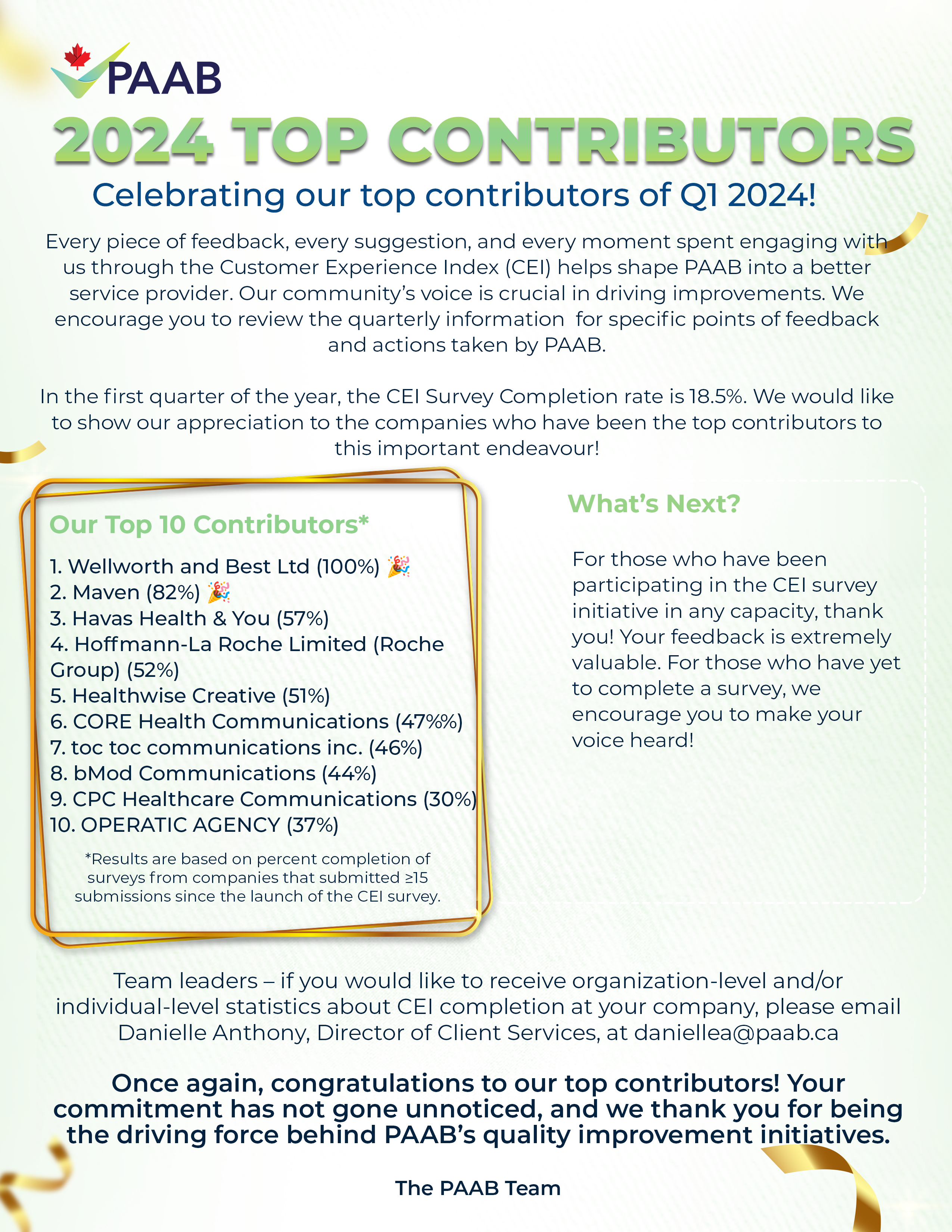Announcements
Announcements regarding our community
8
Topics
8
Posts
The responses, guidance, and advisories provided by the Pharmaceutical Advertising Advisory Board (PAAB),
including but not limited to those available through the PAAB Forum, the PAAB website, and any PAAB
correspondences, are specifically intended to assist individuals navigating the PAAB preclearance system.
Repurposing or reproducing this content without written consent from the PAAB Commissioner is strictly
prohibited. This prohibition includes, but is not limited to, use in machine learning or AI models.


